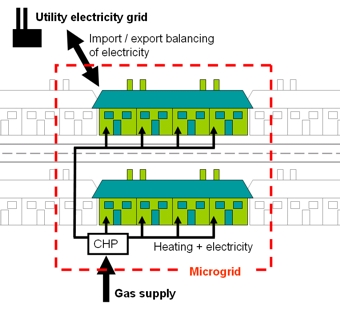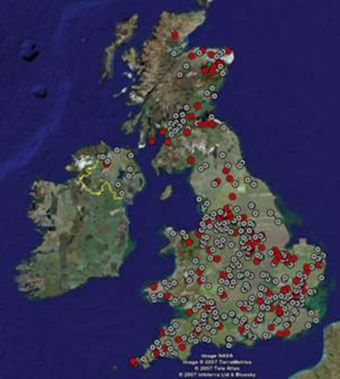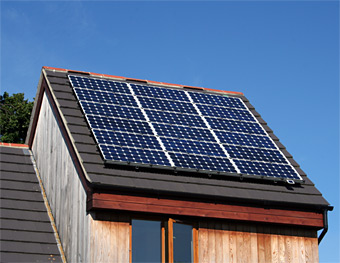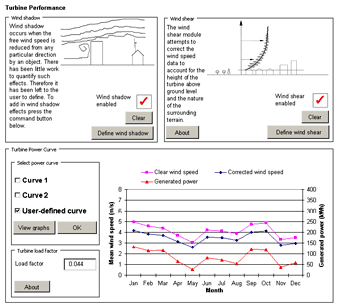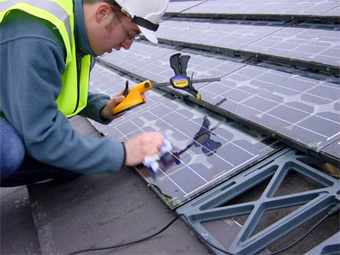SERG researchers Maj and Nicolas have just finished the last for 2017 SERG visit to Africa. The last two weeks they visited old Energy for Development (e4D) projects in Kenya and Uganda. As demand has grown in recent days, they discussed the opportunity for new projects and extension of the existing ones with REA (Rural […]
Microgeneration Technologies
The group’s research is looking at existing housing developments from the 1970s, 1980s, 1990s and 2000s to determine the scope and potential impact of microgeneration technologies and energy efficiency measures on the residential scale. Microgeneration options assessed include: Photovoltaics Micro wind power Solar thermal systems for domestic hot water CHP (combined heat and power) at […]
The UK has the best wind resource in Europe and this is now starting to be harnessed through both on-shore and off-shore multi-MW scale wind farms. Micro wind power technology, which is essentially the installation of small scale, 1-10 kW wind turbines on buildings or pole mounted as shown in Figure 1, is a rapidly […]
Residential housing accounts for more than a quarter of the UK’s primary energy consumption. This is primarily in the form of space heating (typical 3 bedroom UK house 20,000 kWh per annum) with electrical demands being much lower at around 4,000 kWh per annum. The gradual tightening of building regulations means that modern housing consumes […]
Residential grid connected PV systems are relatively simple to design with easy to predict annual yields. However, the headline economics of residential PV in the UK are at present unattractive. A typical small residential PV system (1 to 3 kWp) as shown in the top figure would cost in the year 2000 around £4,500 per […]
Within the framework of a research project funded by the Economic & Social Research Council (ESRC) a micro wind modelling tool has been developed by SERG prompted by the imminent arrival of the technology. The tool allows the user to define a particular micro wind turbine and simulate its performance at various locations in the UK. Various […]
Capital cost is the major issue and this impacts most directly on the size of a PV roof tile. For the ‘best integration’ a PV roof tile should be indentical in size and weight to a normal concrete tile. For example, a Marley Modern tile would provide an exposed area of 292 x 345 mm […]

